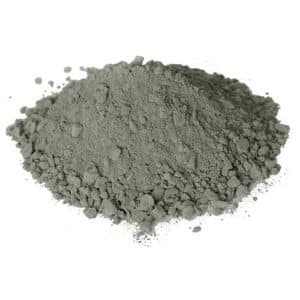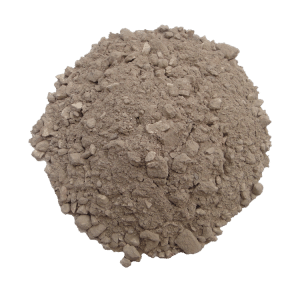Refractory castable is an important building material, especially in the need for heat and wear resistance, such as lining parts in high temperature areas. These places have particularly high flexural and tensile strength requirements, and castables can just meet these requirements.
The properties of castable actually have a lot to do with its raw materials. Different raw material preparation methods will lead to different properties of castables. Among them, lightweight insulation castable is widely used in various buildings because of its lightweight and thermal insulation characteristics.
But don’t think the castable construction is over. One very important step that is often overlooked is drying. If the drying is not carried out in time after the completion of construction, local problems may occur, which will affect the overall performance. So what should we pay attention to when drying the lightweight insulation castable?

1.Because the castable is mainly strengthened by cement solidification, the moisture will change from liquid to gas during the drying process, resulting in increased pressure. If the heating is too intense, the gas cannot escape, and a repulsive force will form inside the castable. That’s a big repulsive force, and it could cause the castable to burst! Therefore, when drying the castable, it is necessary to grasp the heat, not to heat up too fast, and to give the gas a chance to slowly discharge. This way, we can ensure that the castables are dried evenly and safely, and that each piece is performing at its best!
2.in the drying process, the relative humidity of the air can directly affect the temperature and the drying speed of refractory materials. When the humidity of the air is high, the temperature is particularly important. Because the higher the temperature, the smaller the relative humidity will be, so the drying speed of the refractory will be accelerated. Therefore, in order to quickly dry refractory materials, appropriately increasing the temperature is a good way. Moreover, the humidity of the drying medium is also an important parameter that needs to be paid attention to in production. Different humidity conditions will affect the drying effect of the material, so controlling the humidity is also a key link to ensure the quality of the material. If you want the refractory to dry quickly, controlling the temperature and humidity is the key!
3.In the world of humidity, there are two important concepts: absolute humidity and relative humidity. Absolute humidity, simply put, is the weight of water vapor per cubic meter of wet air. Relative humidity refers to the ratio of the humidity of the wet air to the saturation humidity of the wet air at the same temperature. These two humidity indicators are closely related and are crucial to the drying process of lightweight insulation castables. Because, if the humidity is not well controlled, the castable may dry unevenly or explode. Therefore, when dealing with the drying problem of lightweight insulation castables, we should not only pay attention to the temperature, but also pay close attention to the change in humidity. Only by grasping the balance of humidity and temperature can we ensure that the castable can be evenly and safely dried to achieve the best performance.

In short, lightweight insulation castables need to pay attention to many aspects when drying, the correct drying method can ensure the performance and use of castables, improve its durability and stability. Therefore, in the construction process should strictly control each link, follow the standard requirements, to ensure the quality and safety of construction.
